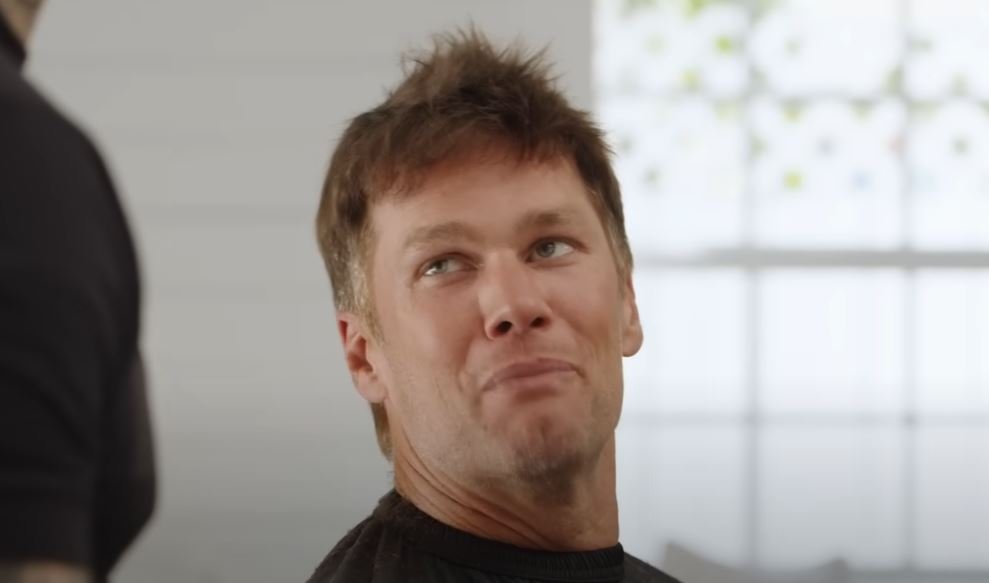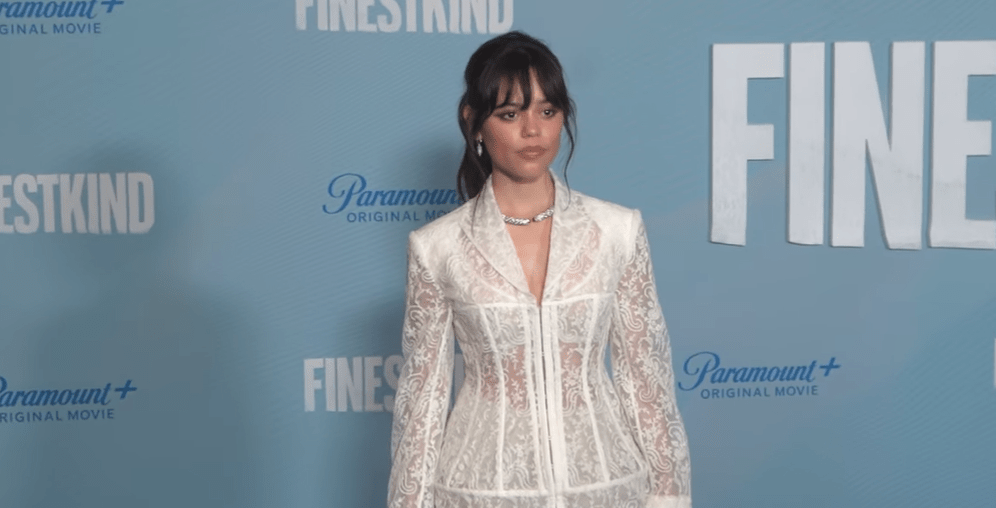A discernible shift in Mouni Roy’s public image, both in terms of her career and appearance, has coincided with her rise from television favorite to cinematic powerhouse. The extent and scope of her roles increased along with the level of focus placed on her appearance. Fans have noticed a change in recent years that seems to go beyond superficial changes. Persistent rumors of plastic surgery have been rekindled by a smoother, lifted brow, fuller lips, a sharper jawline, and a more sophisticated nose. Before-and-after photo comparisons that frequently appear on social media have further stoked these conversations by raising queries that Mouni has neither fully denied nor confirmed.
Mouni has maintained her poise and confidence in the face of the rumors. She credits inner work and spiritual grounding for her sense of self, mentioning in interviews how meditation has enabled her to accept her flaws. However, there is room for debate based on the visual evidence. Online beauty experts, netizens, and even cosmetic surgeons have analyzed her images and recommended possible procedures like forehead contouring, lip augmentation, cheek fillers, and rhinoplasty. Her gradual transformation has had an unquestionably dramatic cumulative effect, placing her alongside a group of celebrities who have subtly—and occasionally strikingly—reshaped their features.
Mouni Roy – Bio, Career & Public Profile
| Attribute | Details |
|---|---|
| Full Name | Mouni Roy |
| Birthdate | September 28, 1985 |
| Nationality | Indian |
| Profession | Actress, Kathak Dancer |
| First TV Appearance | Kyunki Saas Bhi Kabhi Bahu Thi (2006) |
| Breakthrough Role | Naagin (Colors TV, 2015–2017) |
| Bollywood Debut | Gold with Akshay Kumar (2018) |
| Known For | Naagin, Brahmastra, Made in China |
| Rumored Surgeries | Rhinoplasty, Lip Fillers, Botox, Cheek Enhancement, Forehead Reduction |
| Reference Website | Times of India – Mouni Roy |
Celebrity aesthetics discussions have recently become remarkably similar in a variety of entertainment sectors, from Bollywood to Hollywood. Career transitions frequently align with changing visual identities, particularly for actresses. Mouni’s transition from television to film, coupled with a sophisticated physical makeover, is indicative of a trend that the entertainment industry has accepted. She has put herself in the visual line of fire by taking advantage of new roles and showing up at important fashion shows and film festivals, where every viewpoint is scrutinized and every apparent improvement is subject to criticism.
Many fans believe she has achieved a particularly sculpted look that is hard to attribute to makeup or camera angles alone by contrasting her recent photo shoots with her previous appearances. Some speculate that dermal fillers or the removal of buccal fat may be the cause of the increased cheek volume. Others draw attention to her raised eyes and changed brow arch, mentioning procedures such as forehead lifts or blepharoplasty. Experts in cosmetics have also commented, pointing out that these improvements produce notably altered facial proportions even when they are minimally invasive.
These improvements can be viewed as investments rather than indulgences in the context of celebrity branding. When done well, they harmonize the public image of the star with more general cinematic standards of glitz and charm. In that regard, Mouni’s metamorphosis is comparable to corporate rebranding, which is an aesthetic realignment intended to increase audience appeal and durability. But her fans are still divided. Some hail her metamorphosis as a stylistic advancement and personal victory. Others miss the more natural, earlier version of her.
Thanks to developments in technique and technology, cosmetic procedures have become remarkably effective and surprisingly affordable over the past ten years. Previously reserved for Hollywood, these procedures are now available in clinics in places like Mumbai and Dubai. In particular, Dubai has become a popular destination for advanced skin treatments, lip enhancement, and celebrity facelifts. Like many celebrities, Mouni has probably profited from having access to highly skilled surgeons from around the world as well as private, precise recovery spaces.
Mouni joins an increasing number of public personalities, such as Kim Kardashian and Priyanka Chopra, who manage their fame through well-curated appearances by incorporating subtle cosmetic enhancements into their appearance. Some, like Mouni, prefer to stay vague, but Priyanka has spoken out about her nose surgery and the emotional pain it caused. Silence can be used strategically. Her face becomes a canvas for collective projection, interpretation, and occasionally admiration, and in many ways, the absence of confirmation keeps the conversation going.
The pressure on female celebrities to maintain a perfect image is extremely high in a society that often demands perfection. Being young and “camera-ready” is not only a matter of taste for women in film; it’s frequently associated with opportunities. How successfully they “maintain” themselves can determine their roles, endorsements, and public image. In that situation, plastic surgery turns from a personal hobby to a necessity for one’s job. The double standard is still evident, though. Seldom do male actors who have noticeable jawline work or hair transplants come under the same kind of scrutiny or derision.
The case of Mouni also highlights the changing standards of beauty in South Asia. Previously deemed excessive or taboo, these behaviors have now become normalized, even aspirational. Influencer-endorsed packages are frequently offered by beauty clinics, and phrases like “liquid facelift” and “non-surgical nose job” are frequently used in casual discussions about beauty. This change is accelerated by social media. When properly angled and tastefully filtered, one Instagram reel can become the benchmark that thousands of people try to meet.
Mouni may not directly respond to the rumors, but her image still influences the conversation about the price of continuous exposure and beauty autonomy. It is impossible to overestimate the emotional toll that constant comparison takes, particularly when viewed through the prism of online commentary. The fact that she still performs, posts, and presents herself with assurance points to a level of personal resolve that deserves equal respect.







